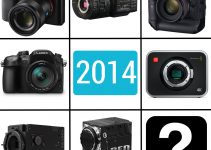First released back in 2007, the original RED ONE marked a seismic shift in the industry as it became one of the best spec’d and most affordable digital cinema cameras on the market.
Being as good as it was at the time you may not be shocked to hear that some of the RED ONE’s specs actually hold up today. A Super35 camera that’ll do 4K raw at up to 60p ain’t bad.
Still, we do live in a much different world technologically than back in 2007, so how exactly does the RED ONE hold up in 2023? For that we can turn to filmmaker Tom Buck who went hands on with the camera very recently.
A Brief History
Costing $17,000 may not sound like a great deal today, but in 2007 it was a steal. This put the camera in reach of some smaller production companies and independent filmmakers. Even when you added all the necessary accessories it was all quite reasonable at the time.
The shocker was that the specs were also very good. The Super 35mm Mysterium-X sensor could deliver REDCODE RAW video in 4K up to 60p and 2K at up to 120p. It was used on plenty of very well-known movies—it’s a near guarantee that you have seen work from the RED ONE.
Looking at the camera in the video with all the accessories the RED ONE was a manageable size. You had a true digital cinema system that could be operated handheld with ease.
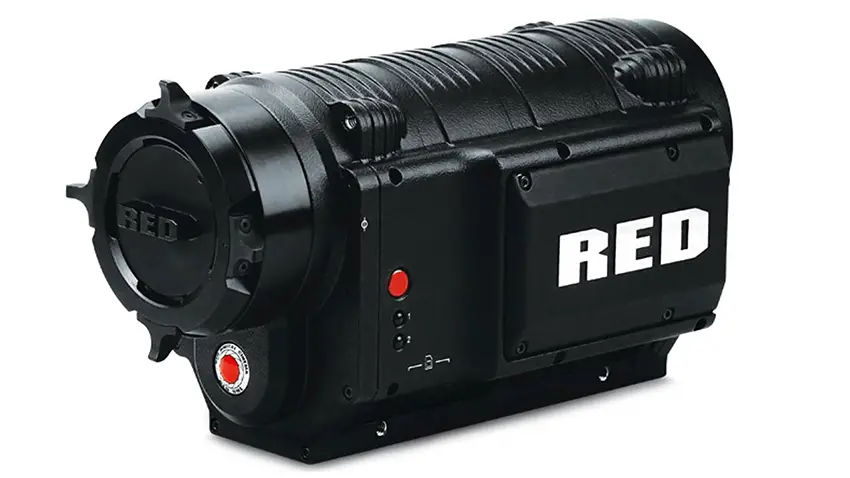
Image Credit: RED
Getting the Camera Up and Running
Maybe not too surprising if you have shopped for high-end cinema cameras in the past, but the RED ONE did not come with tons of accessories included in that $17,000 price. For that you were looking at the body only.
There is some confidence in that body design and construction. It was solid. Considering it’s been over 16 years since the RED ONE was released and it’s still running perfectly should be a good show of its durability.
I/O was great, including four mini-XLR audio inputs, a 5-pin mini-XLR output, HDMI output, two HD-SDI outputs, Genlock, timecode, USB, viewfinder, monitor, and aux 232 connections. Can’t complain about that.
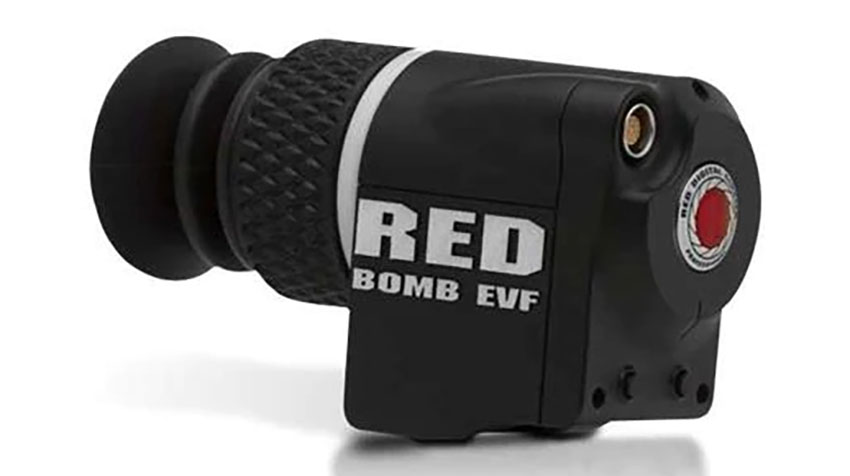
Image Credit: RED
At the rear is a simple LCD for settings alongside a set of buttons to make adjustments and control the camera.
You’ll need a few more things if you want to start properly using the camera. It should come with an ARRI PL mount so pick up a lens or two. Or, you can get various adapters and use other systems, such as Nikon F in this example.
Power will require a real configuration, especially if you want to use batteries. It has a power input which will work with an AC adapter. For batteries you’ll likely want to pick up some sort of rigging or mounting to get a V-mount battery on the rig. Some extra rails and clamps can do the job.
That rear screen isn’t meant for monitoring so you’ll need an EVF or monitor. Find anything you like since there are some standard outputs. RED’s accessories do make it easier with a dedicated connection points.
The Frustrating Parts
RED media has been a huge pain until very recently. Even though the RED ONE has a standard CF card slot and they locked the camera down to only using their own memory cards. The cards are extremely expensive and nowadays they are getting harder and harder to find. The hard drive mags are even more difficult to get your hands on these days.
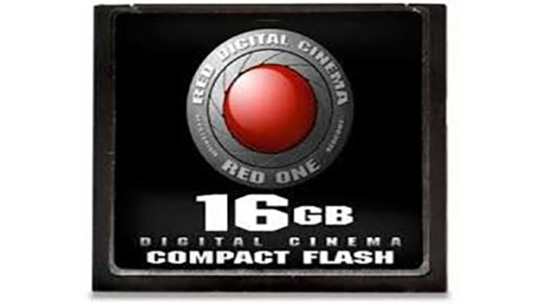
Image Credit: RED
CompactFlash cards are fine but RED’s versions are only 8GB and 16GB, which could be limiting. Proprietary media has been a plague on RED camera’s for a very long time.
Now, you can actually do some DIY work to fix this issue. The card slot has a standard SATA connection so you can open it up and get a connection to work with modern 2.5” SSDs. Unfortunately, since it is unverified media it’ll limit you to 2K resolution.
Fortunately, if you are getting a modern DSMC3 RED camera like the KOMODO or V-RAPTOR you can now use more conventional media. This should help keep those cameras more affordable to use and longer lasting.
Using the Camera
The displays aren’t exactly the high-res touchscreens we have today. The RED ONE’s rear screen is a bit obtuse and the menu isn’t as clear as you would hope. With that said, this camera is manageable without diving into the manual every time you want to tweak something.
Physical controls are a bit help as there are plenty of buttons and controls that give you direct access to your main recording settings. The joystick helps you navigate when you have some settings selected.
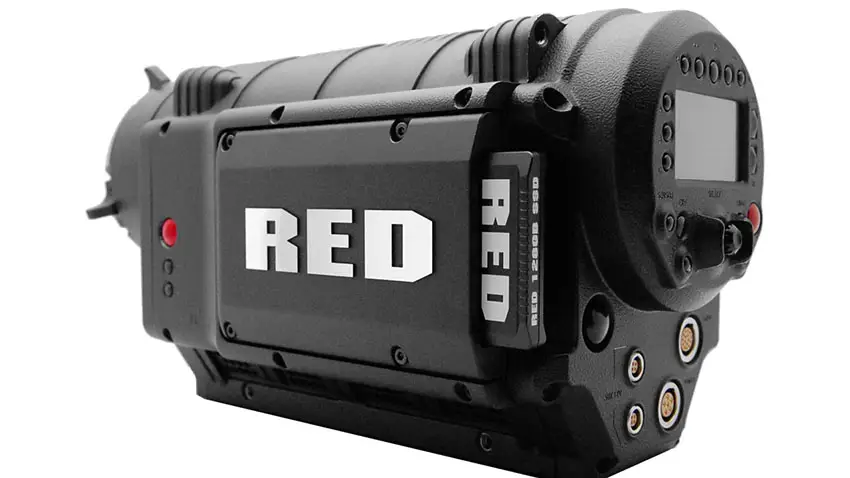
Image Credit: RED
Being a bit old the tech does have some limits compared to modern cameras. For example, the ISO range is limited to a max of 2000. There aren’t even ND filters or stabilization options like today.
One thing that still works on RED cameras is cropping into the sensor via resolution changes. The RED ONE started it and if you want to use the most of the sensor you’ll need to shoot in 4.5K.
Compared to the FX3
Now we can look at how the camera directly compares to a modern camera like the FX3. With settings and every matched up as best as he possibly can. I’m not going to say that the RED ONE is still super impressive today, but I will say that if you are using one you will be able to do just fine.
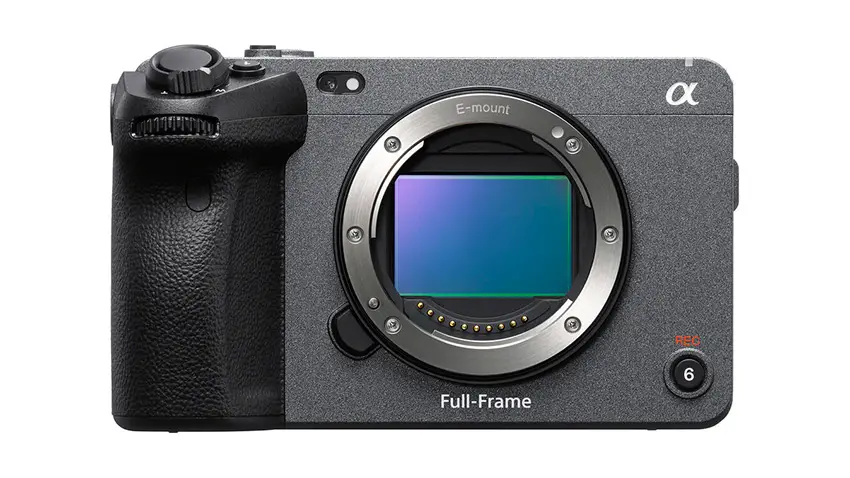
Image Credit: Sony
The FX3 is a bit sharper in this controlled setting and may have a bit more dynamic range if it is pushed. However, the RED ONE is a great camera and at 4.5K raw you can pull a lot more out of it than this test might reveal.
Looking at the footage does go to show just how good high-end cinema cameras can be compared to consumer models. It has taken over a decade of technology developments to get a still pricey consumer camera to the level of a digital cinema camera.
Would you ever consider using a RED ONE today?
[source: Tom Buck]
Order Links:
- Sony FX3 Cinema Line Camera (B&H, Amazon)
- RED V-RAPTOR 8K S35 Cinema Camera (B&H)
- RED KOMODO 6K Cinema Camera (B&H)
Disclaimer: As an Amazon Associate partner and participant in B&H and Adorama Affiliate programmes, we earn a small comission from each purchase made through the affiliate links listed above at no additional cost to you.


